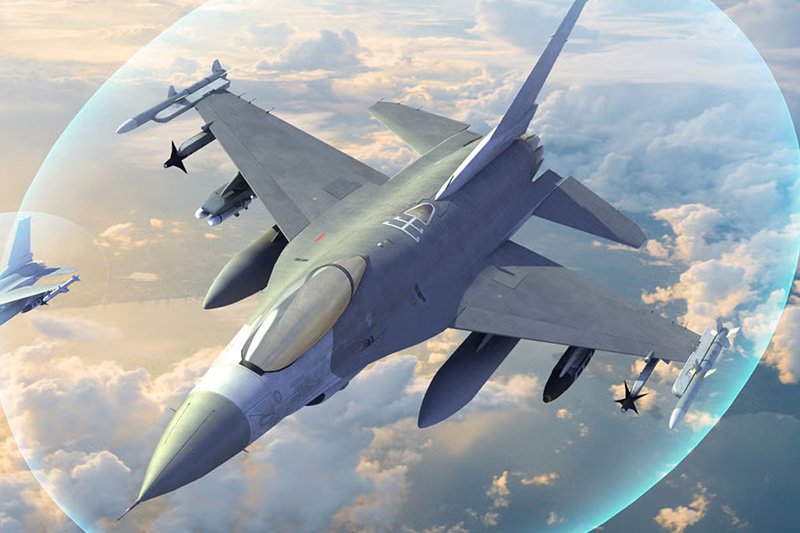Pakistan Carries Out Training Launch of Shaheen-II Ballistic Missile
Pakistan continues to enhance its strategic deterrence capabilities through the development and testing of advanced ballistic missiles. The recent training launch of the Shaheen-II medium-range ballistic missile underscores the nation’s commitment to maintaining a robust nuclear deterrent. This ongoing effort to modernize and expand its missile arsenal has significant implications for regional security dynamics and the strategic balance in South Asia.
The Shaheen-II, also known as Hatf-6, is a key component of Pakistan’s strategic forces. Developed by the National Engineering and Scientific Commission (NESCOM), this advanced missile system represents a major technological achievement for the country. With a range of up to 2,000 kilometers and the ability to carry both conventional and nuclear warheads, it provides Pakistan with a credible deterrent capability against potential adversaries in the region.
The recent training launch of the Shaheen-II serves multiple purposes. It allows military personnel to familiarize themselves with the system’s operation, validates various technical parameters, and assesses the performance of different subsystems. This comprehensive evaluation aims to enhance the missile’s accuracy and improve its survivability in operational scenarios. The successful conduct of such tests demonstrates Pakistan’s growing expertise in missile technology and its determination to maintain a credible nuclear deterrent.
The Shaheen-II boasts impressive technical specifications that place it among the most advanced missiles in Pakistan’s arsenal. With a range of up to 2,000 kilometers, it can strike targets across a significant portion of the region, providing strategic depth to Pakistan’s defense posture. The missile’s ability to carry both conventional and nuclear warheads offers flexibility in its potential applications.

Weighing approximately 24,000 kilograms, the Shaheen-II can carry a conventional warhead of up to 1,200 kilograms. Its two-stage solid propellant propulsion system provides reliable and efficient performance, while its guidance systems, utilizing Inertial and Terminal technology, ensure high accuracy with a Circular Error Probable (CEP) of 350 meters.
One of the most significant features of the Shaheen-II is its Multiple Independent Re-entry Vehicle (MIRV) capability. This advanced technology allows the missile to carry multiple warheads that can be independently targeted, greatly enhancing its effectiveness and survivability. The MIRV capability represents a major technological leap for Pakistan and has important implications for regional strategic balance.
Also read this: UK to Build ‘Silent Hangar’ for F-35 Electronic Warfare Testing
Pakistan’s missile development efforts extend beyond the Shaheen-II. In January, the country conducted a test launch of the Fatah-II missile, a domestically developed system with a range of up to 400 kilometers. This latest variant of the Fatah series represents a significant enhancement over its predecessor and demonstrates Pakistan’s ongoing progress in short-range missile technology.
Additionally, in October of last year, Pakistan conducted a second test launch of the Ababeel medium-range ballistic missile. Designed to carry a Multiple Independently Targetable Re-entry Vehicle (MIRV), the Ababeel represents another major advancement in Pakistan’s missile capabilities. With a range of 2,200 kilometers, this missile system, although still in development, has the potential to further strengthen Pakistan’s strategic deterrent.

Pakistan’s advancements in missile technology, particularly in MIRV capabilities, have significant implications for regional strategic balance. These developments are often viewed in the context of Pakistan’s rivalry with India and its broader geopolitical position in South Asia. The ability to penetrate potential missile defense systems adds a new dimension to the strategic calculus in the region.
The ongoing expansion and modernization of Pakistan’s missile arsenal reflect the country’s determination to maintain a credible deterrent in the face of evolving regional security challenges. However, these developments also raise concerns about the potential for an arms race in South Asia and the implications for regional stability.
The successful training launch of the Shaheen-II missile demonstrates Pakistan’s ongoing commitment to enhancing its strategic deterrence capabilities. As the nation continues to develop and refine its missile technology, the implications for regional security and strategic stability remain a topic of international interest and concern.
Keep connected with us at Facebook, Twitter, YouTube, Instagram & TikTok for latest defense happening around the globe.
Discover more from International Defence Analysis
Subscribe to get the latest posts sent to your email.












